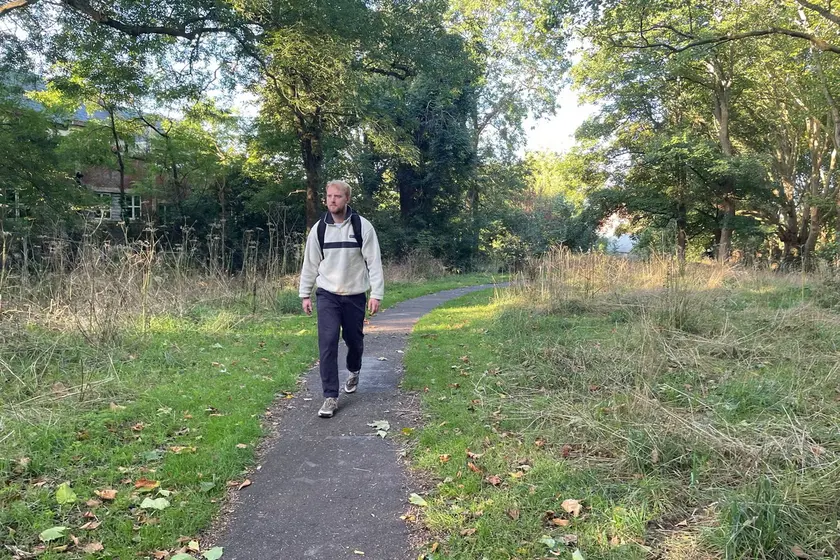T4K3.news
Japanese interval walking gains traction
A social media trend promotes alternating fast and slow walking to boost fitness, with some health benefits shown in studies.

A social media driven trend argues that alternating fast and slow walking can boost fitness with potential health benefits for older or less active adults
Japanese interval walking gains traction as a softer HIIT option
Japanese interval walking is entering the mainstream as a simple, repeatable routine. The method alternates three minutes of fast walking with three minutes of slow walking, usually for about 30 minutes. Researchers say the fast segments reach a level where you can’t speak in full sentences, while the slow segments let you recover. This pattern resembles high‑intensity interval training but with walking, which makes it more accessible for people who want to avoid joints pounding from running. The idea has roots in studies from Japan and is now popular on TikTok where people share clips of brisk and relaxed pacing around parks. In tests involving older adults, four or more days of interval walking over several months led to improvements in peak aerobic capacity and sometimes lower blood pressure. Some trials also reported better knee strength and modest weight changes, especially when people stuck with the routine for four to six months. For those with type 2 diabetes, small trials have shown improved glycaemic control under interval walking, even when total energy expenditure was similar to steady walking. In London and elsewhere, people try it out to see if they can gain fitness with less risk of running injuries. Experts say beginners should start with ordinary walking, then gradually introduce intervals as fitness builds, and that the approach should be tailored to individual health and goals.
Key Takeaways
"The fast walking pace is typically fast enough that you are not able to speak in long sentences."
Karstoft explains the pace
"High‑intensity exercise can give similar benefits to moderate‑intensity exercise but in a shorter time frame."
Phillips describes the science
"Typically with interval walking, we’ve seen a gain in fitness level of around 15% to 20%."
Karstoft summarizes study results
The trend taps into a larger social push for practical, scalable fitness. It sits at the crossroads of science and social media, offering a bridge between approachable activity and measurable outcomes. While evidence supports meaningful gains for some groups, it also reflects gaps in long‑term data and variability across individuals. Critics worry about hype that outpaces research, especially when people equate social media posts with universal results. The real takeaway is clear: interval walking can be a valuable option for people who need a lower‑risk entry to structured training, but it should be adopted with guidance and a plan that respects health conditions, pace limits, and personal preferences. In short, trends can spark habits, but careful, informed practice sustains benefits over time.
Highlights
- Fast steps push the edge and slow steps invite recovery
- A walk can still be a workout when the pace is organized
- Trend or not, your body benefits from structured intervals
- Small bursts, big gains with careful pacing
Trends come and go, but steady, guided practice helps turn a trend into a lasting habit.
Enjoyed this? Let your friends know!
Related News

Japanese walking emerges as a new fitness trend

Japanese walking method gains social media attention

New benefits of Japanese walking revealed

Japanese walking method gains popularity

Japanese walking may extend life by seven years

3-4-5 walking plan

Forest bathing gains traction as a mental health trend

Sanseito wins more support in Japan's elections
